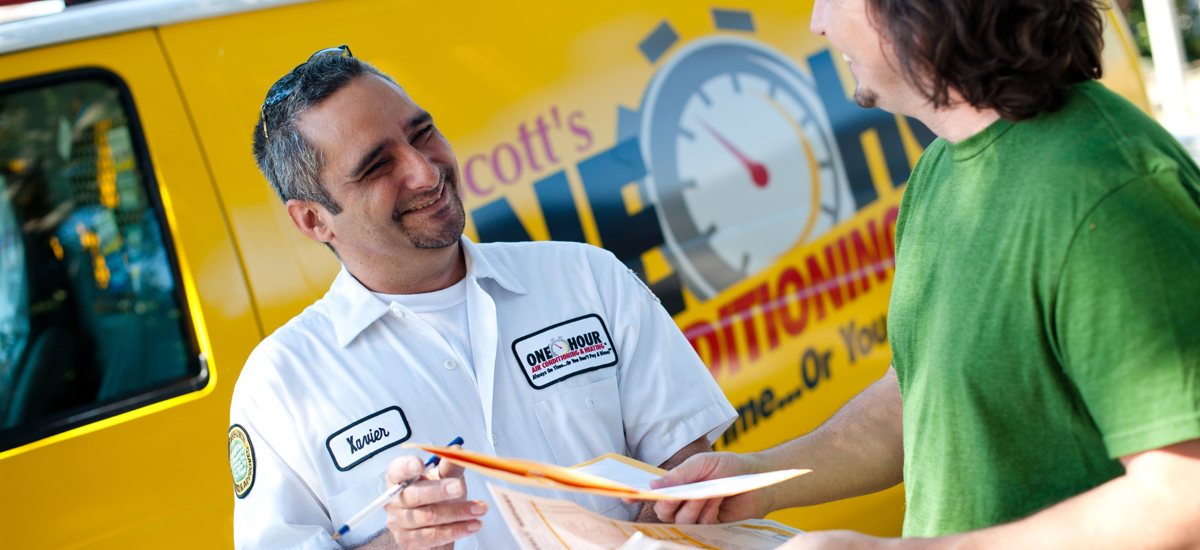Safety is our highest priority and we want to keep our people and those around them, safe on the road.
Driving can be hazardous which is why we work hard to improve the driving skills of our people most at risk – such as our engineers who drive to millions of customers’ homes and businesses. We do this through focused road safety training and awareness campaigns alongside deployment of innovative technologies that reduce incidents and save lives.
These initiatives place us as a leader in commercial road safety performance and with more than 330 million kilometres driven by our people during 2015, we experienced one high severity road safety incident[1] compared to two in 2014. Meanwhile, our low severity road safety incident rate per one million kilometres driven[2] rose slightly from 0.2 to 0.62. These incidents resulted in no employee injuries although a member of the public broke their foot after accidentally stepping out in front of one of our drivers. And when we compare our British Gas fleet performance with other UK commercial drivers, our road safety incident rate is 18% lower than the national average.
Our rigorous road safety standard is pivotal in delivering high-standard performance because it places safety at the forefront of our minds and promotes safer driving practices. For example, with one in four road accidents caused by using mobile phones while driving[3], we have prohibited use of mobiles for texting or calling even with a hands-free kit, which is proving effective in driving down incidents.
In 2015, we also ran campaigns on safe driving during winter and reminded drivers of the need to pay particular attention to cyclists and motor cyclists.
Across Centrica in 2015, we additionally delivered road safety training to around 16,000 drivers because we believe that road safety training should be for life, not just for learners. Training focused on those drivers most at risk, such as those who incur high mileage such as our engineers as well as young or new drivers. Nearly 12,000 line managers and engineers took part in the Interactive Road Safety Workshops which included speed awareness and defensive driving and has led to a significant reduction in ‘own fault’ vehicle collisions. 140 further drivers completed our 12-month Young Driver Academy course which has cut incidents by over 40%. This was achieved by embedding greater confidence and understanding of road safety through targeting specific areas of driving, such as hazard perception, while coaching following driver profiling through telematics technology, helped develop better driving styles by reducing harsh maneuvering or heavy breaking.
We continually strive for ways we can improve road safety and in 2016, we are introducing a range of new initiatives to keep our people safe. In the UK for example, we will trial Forward Facing Cameras to drive down incidents and phone applications will enable engineers to conduct weekly vehicle walk-around checks and deliver safety tips. At the same time, North America will continue to embed its new monitoring and reporting processes that ranks drivers as high, medium or low risk based on an initial assessment and ongoing performance which will enable us to target training where it is needed most.
Explore more about how we prioritise safety across our business or view road safety advice provided by RoSPA.
